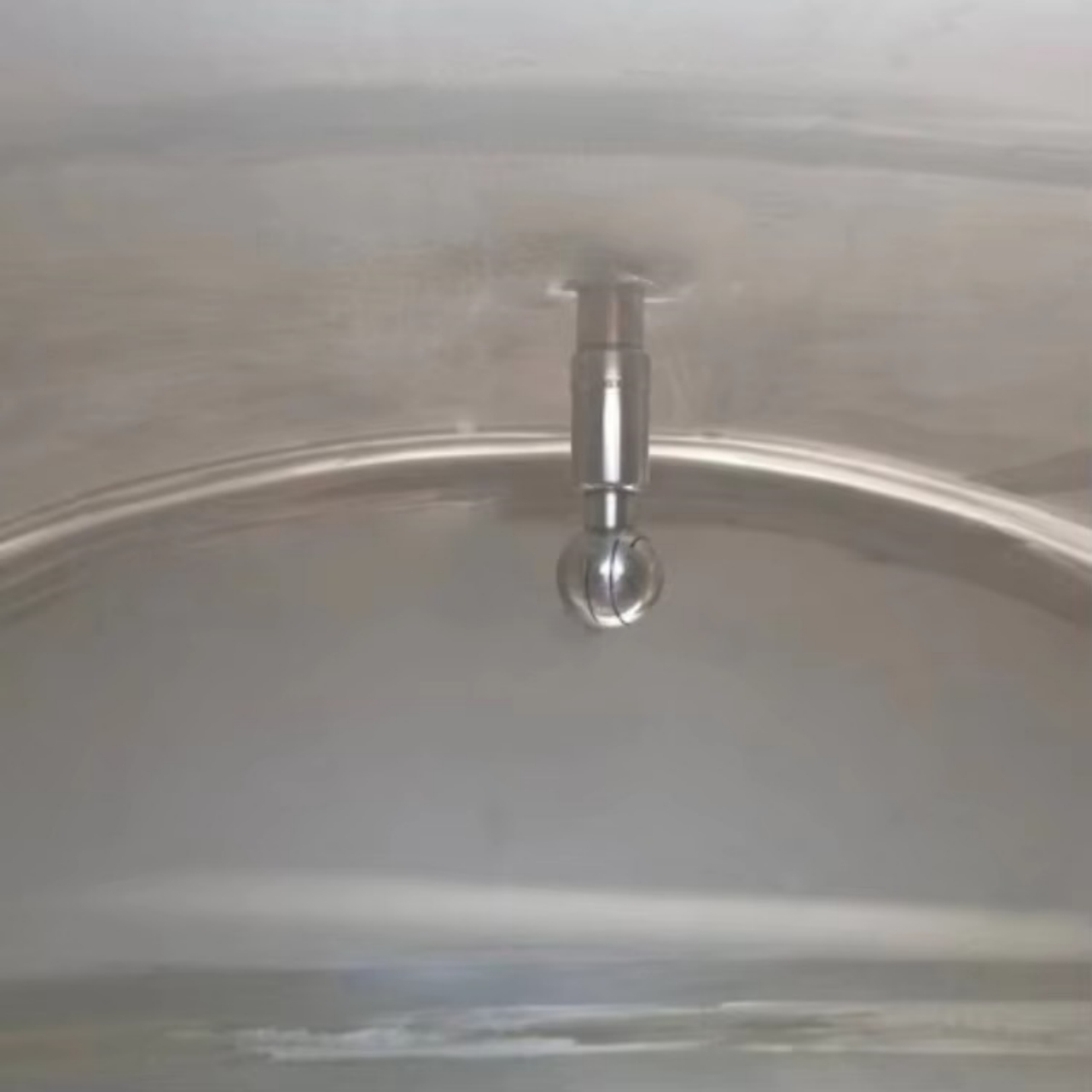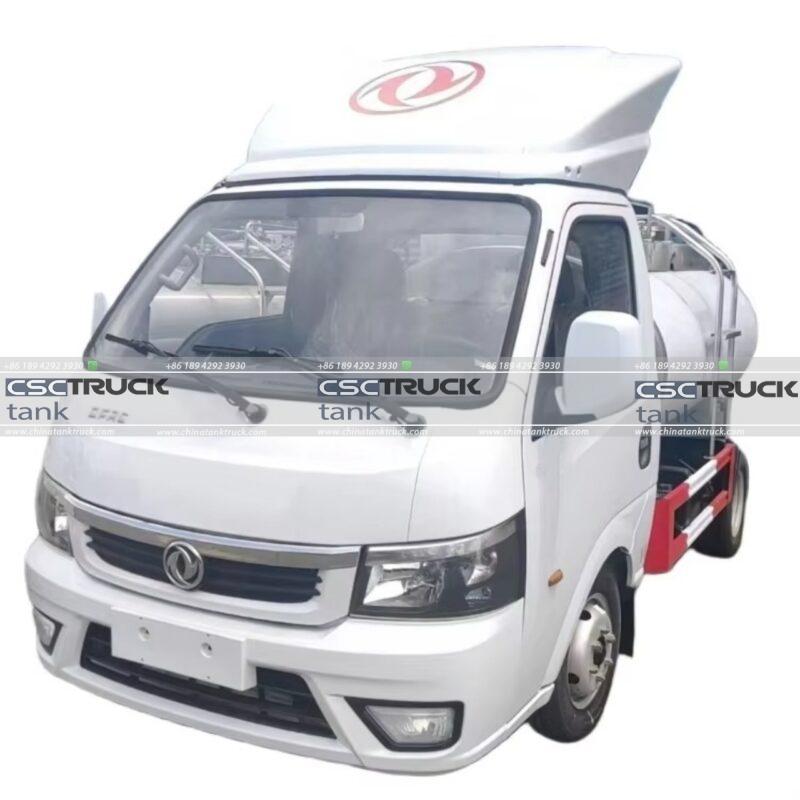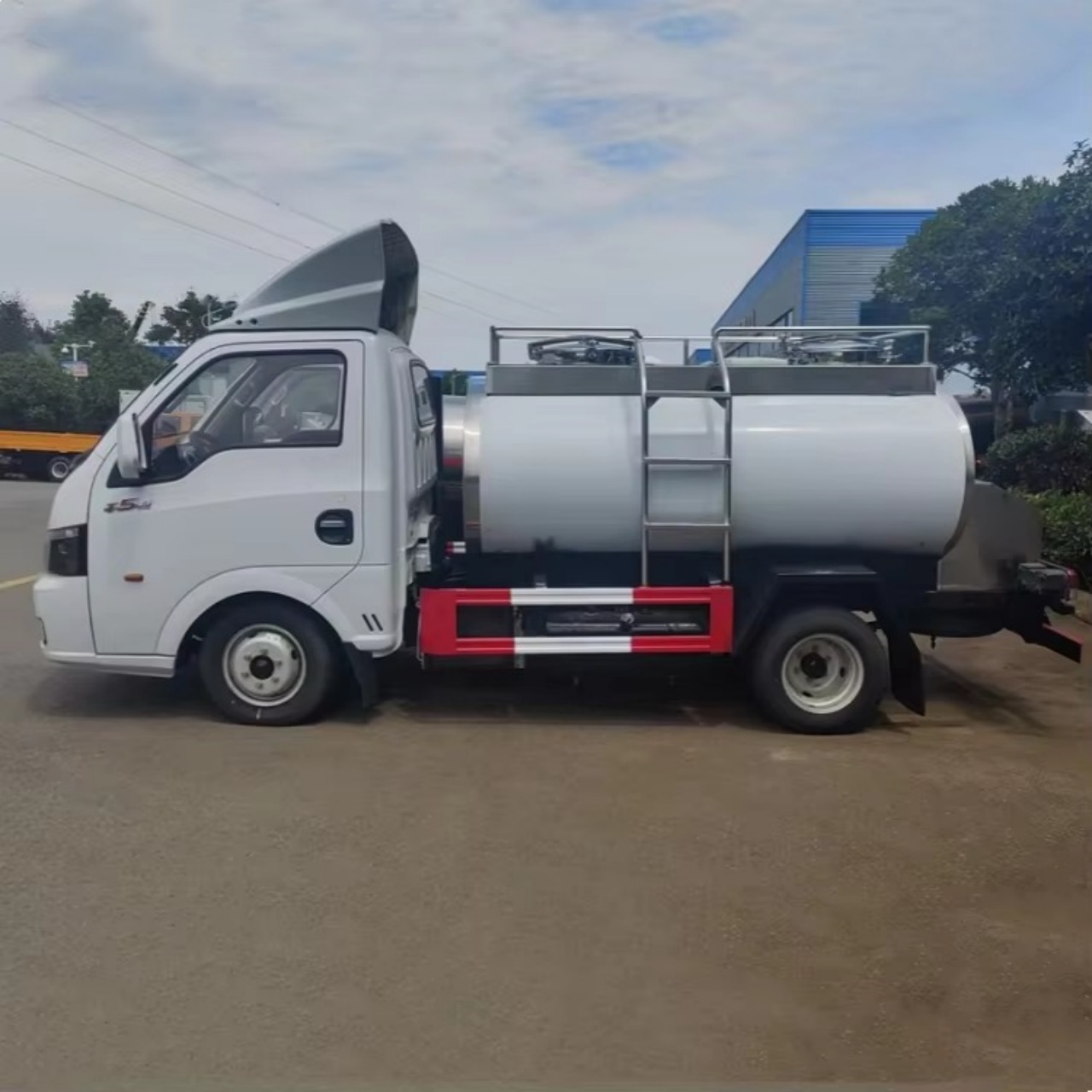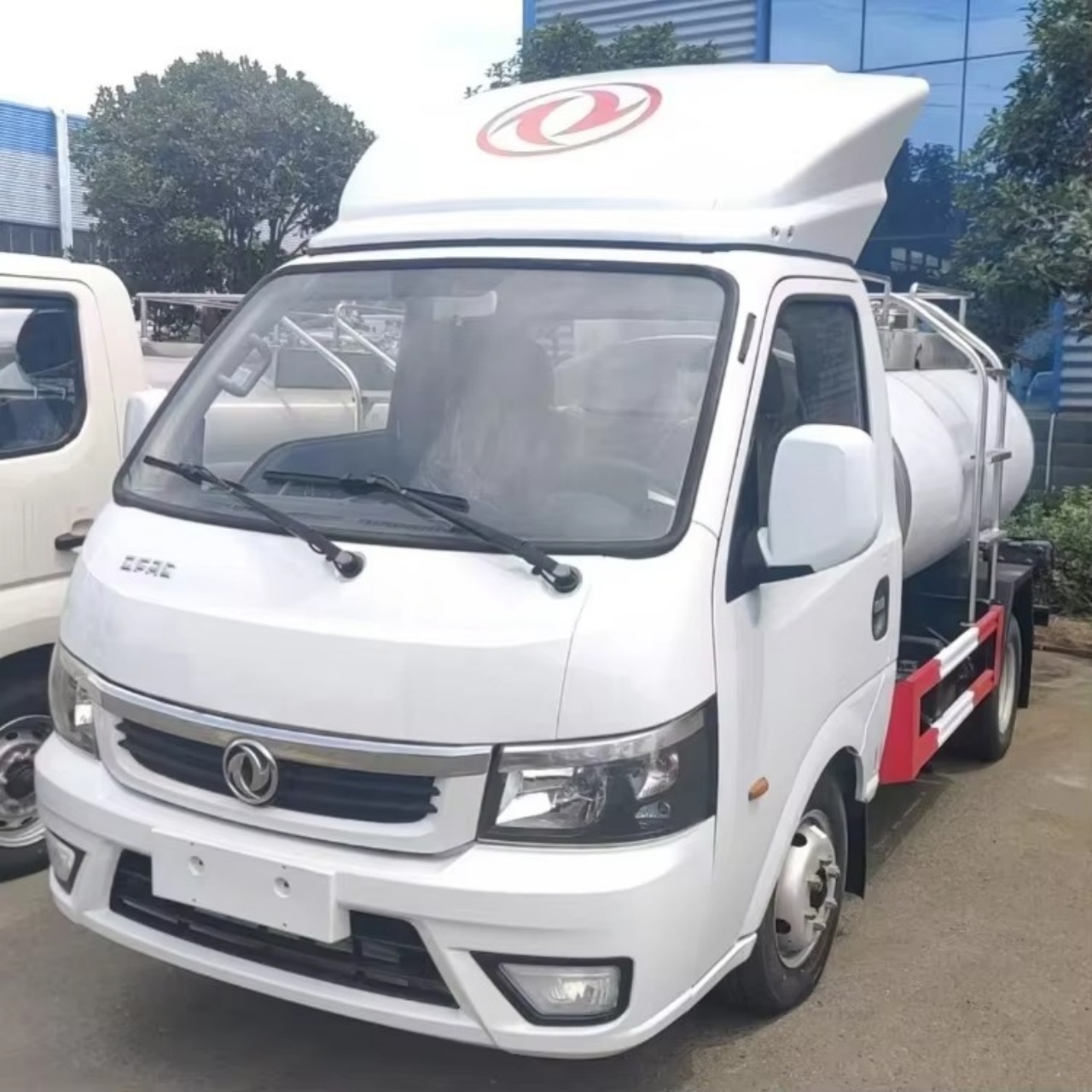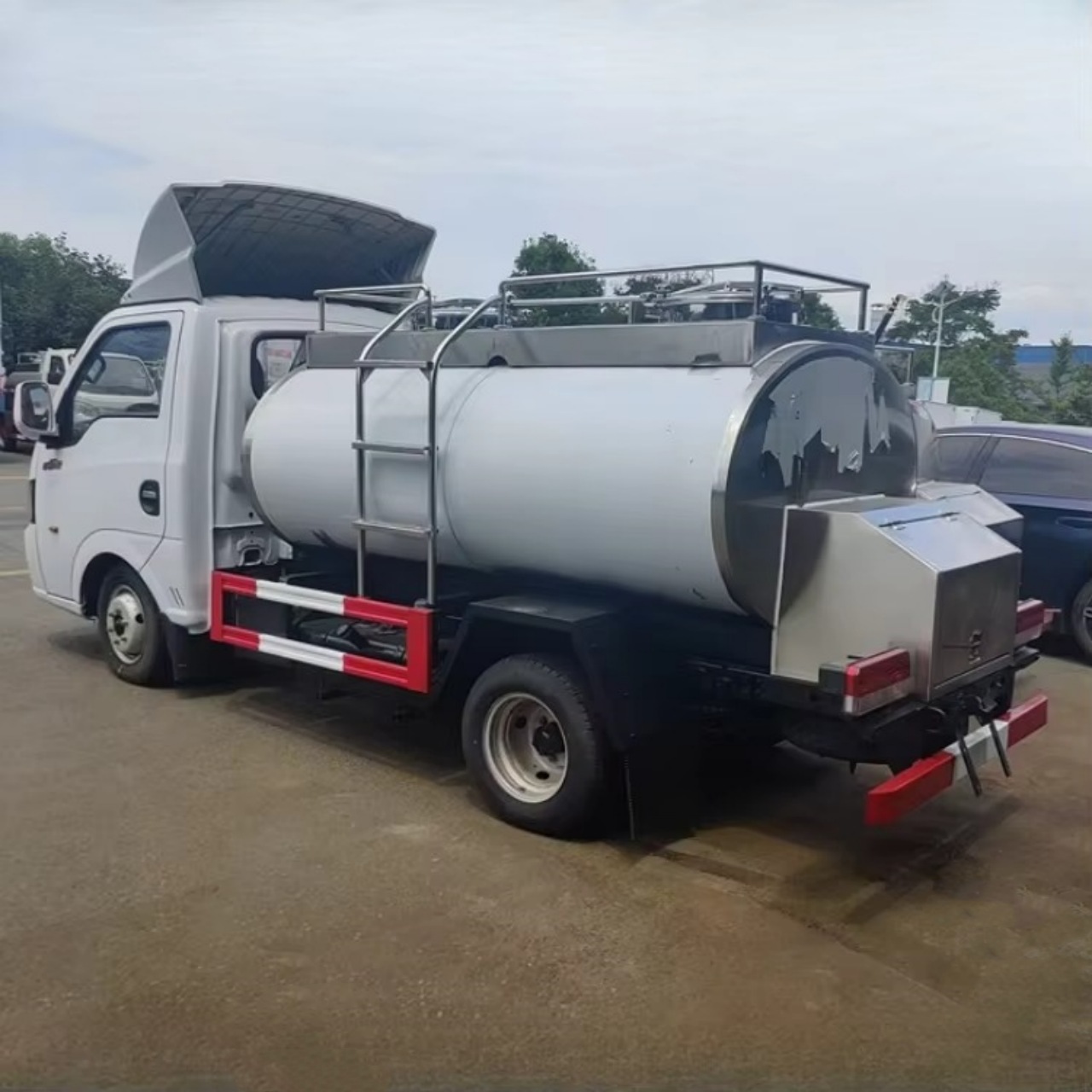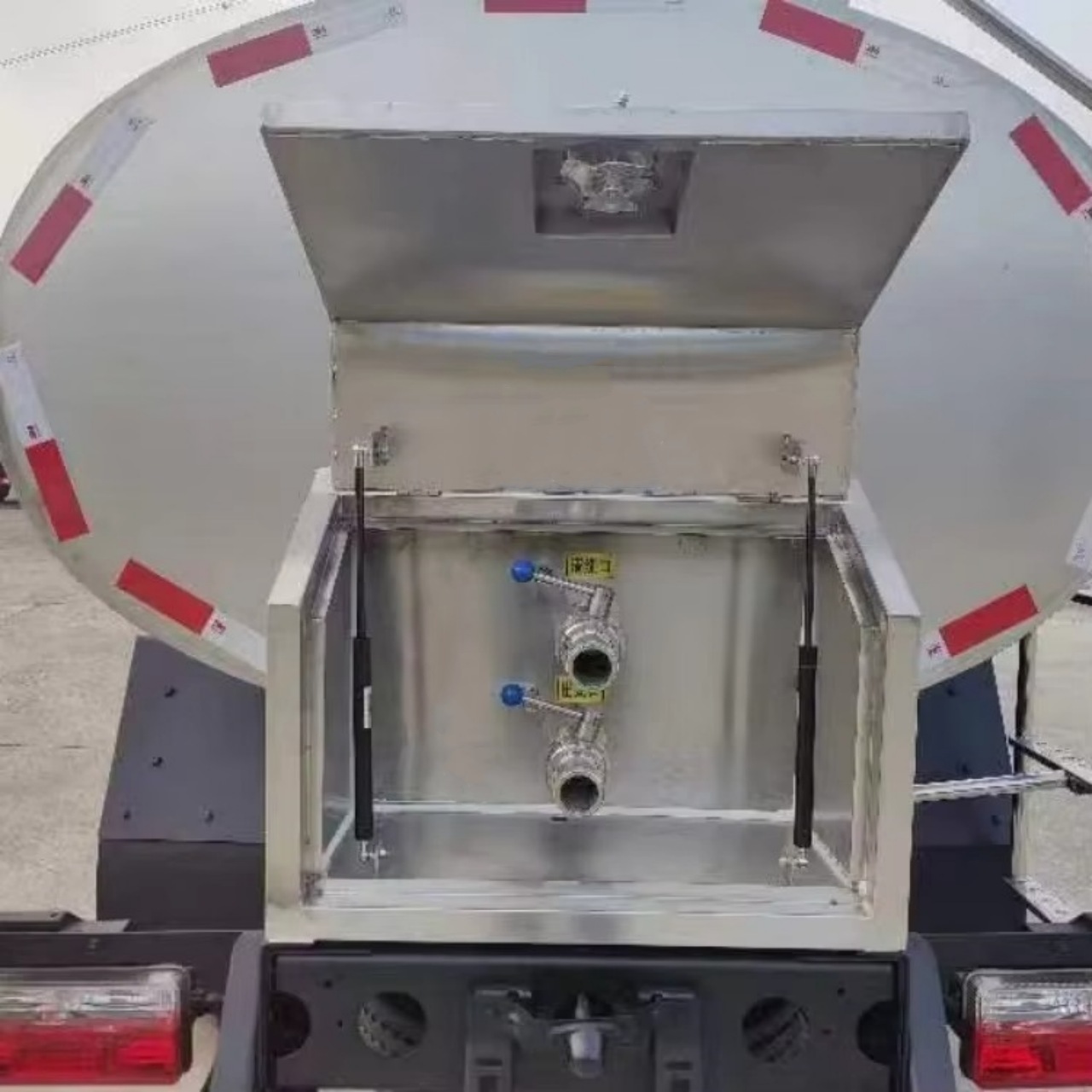Yes, milk is transported in tankers — and not just any tankers, but ones specially designed to meet the strict hygiene and temperature control standards required for carrying a perishable food product. The use of tankers in the dairy industry is essential to maintaining the safety, quality, and freshness of milk from the farm to the processing plant. In this article, we’ll explore how milk transportation works, why tankers are used, the design and construction of milk tankers, and the critical standards and procedures that ensure the integrity of this vital food product during transit.
Why Is Milk Transported in Tankers?
Milk is a perishable liquid that begins to degrade quickly without refrigeration. Once it is extracted from cows, it must be stored and transported under strict temperature conditions to prevent bacterial growth and spoilage. The use of stainless steel bulk tankers allows for large volumes of milk to be collected from multiple farms and transported quickly and efficiently to processing plants.
Tankers provide several benefits in milk transportation:
- Preservation of quality: Tankers are insulated and often equipped with cooling systems to maintain milk at around 4°C (39°F), the ideal storage temperature.
- Efficiency: A single milk tanker can carry thousands of liters of milk, reducing the number of trips and the need for smaller containers.
- Sanitation: Stainless steel interiors are easy to clean and sanitize, preventing contamination.
- Compliance: Tankers meet strict food safety standards regulated by local and international health agencies.
How Milk Collection and Transportation Work
The process starts at the dairy farm. After milking, the milk is stored in refrigerated bulk tanks. Tanker trucks, often operated by dairy cooperatives or processors, visit farms regularly, sometimes daily, to collect the milk. The tanker driver is trained to inspect the milk for visible abnormalities and conduct basic quality tests, including measuring temperature and taking samples for lab testing.
Once the milk passes the initial tests, it is pumped into the tanker through a closed system to avoid exposure to air and contaminants. The tanker’s compartments are sealed, and the journey to the processing facility begins. Depending on the distance and region, the drive can range from a few kilometers to several hundred.
Upon arrival at the processing plant, milk is tested again for quality, bacterial count, and antibiotic residues. If it meets the standards, it is unloaded via sanitized pipelines and sent for pasteurization, homogenization, or further processing into products like cheese, yogurt, or butter.
Design and Construction of Milk Tankers
Milk tankers are specifically engineered for transporting food-grade liquids. Most are made of stainless steel, which is corrosion-resistant, durable, and easy to clean. They are typically insulated with layers of foam or fiberglass to maintain temperature without active refrigeration over short distances. Some advanced tankers are equipped with active cooling systems for longer hauls or in hot climates.
Key features of milk tankers include:
- Multi-compartment design: Allows for the separation of different batches or milk from various farms.
- CIP (Clean-In-Place) systems: Enable internal cleaning without dismantling, using heated cleaning solutions.
- Sealed loading and unloading ports: Prevent exposure to contaminants.
- Temperature monitoring systems: Ensure that the milk remains at safe temperatures throughout the journey.
The sizes of milk tankers vary, from small truck-mounted tanks of around 3,000 liters to large semi-trailer tankers with capacities exceeding 30,000 liters. The choice depends on the geography, road conditions, and volume requirements of the region.
Sanitary and Regulatory Standards
Milk transportation is highly regulated due to the potential health risks of contamination. Authorities such as the U.S. Food and Drug Administration (FDA), European Food Safety Authority (EFSA), and Codex Alimentarius have established guidelines for milk hygiene during transit.
Some of the key requirements include:
- Pre and post-trip cleaning: Tankers must be cleaned and sanitized after each load.
- Driver hygiene and training: Drivers must follow proper hygiene protocols and be trained in basic milk quality assessment.
- Record keeping: Detailed logs of milk origin, volume, temperatures, and cleaning procedures must be maintained.
- Traceability: In the event of contamination, it must be possible to trace the source of the milk and all the farms it came from.
Failure to comply with these standards can result in product recalls, legal penalties, and damage to brand reputation.
Advantages Over Alternative Methods
Historically, milk was transported in cans or bottles, which was inefficient and risked spoilage due to limited insulation and handling issues. The switch to bulk tankers brought significant advantages:
- Reduced handling: Minimizes the risk of contamination and physical damage.
- Lower transportation costs: Bulk transport reduces labor and fuel expenses.
- Improved product consistency: Bulk systems can mix milk from multiple farms, leading to more uniform fat and protein content.
- Time savings: Faster loading and unloading compared to individual containers.
Today, milk cans are largely obsolete in commercial dairy operations, though they may still be used in remote areas or for small-scale farm deliveries.
Challenges and Considerations
While tankers are the best option for transporting milk, there are still challenges involved:
- Cleaning logistics: CIP systems require careful management to avoid chemical residues.
- Spoilage risks: Even insulated tankers cannot indefinitely maintain milk at the proper temperature in very hot or long hauls.
- Cross-contamination: Without careful compartmentalization and cleaning, there’s a risk of mixing contaminated batches with clean milk.
- Infrastructure limitations: Poor roads or long distances in developing countries can complicate milk transportation.
Addressing these issues requires ongoing investment in equipment, training, and quality control.
Innovations in Milk Transport
Technology is enhancing how milk is transported. GPS tracking, real-time temperature monitoring, and automated cleaning systems are increasingly used to improve reliability and transparency. Smart tankers can alert processors if the temperature exceeds safe limits or if the route deviates from the planned path, helping prevent spoilage or theft.
Additionally, electric-powered milk trucks are being explored to reduce the environmental footprint of dairy logistics. Some countries are also testing smaller, mobile processing units to reduce the need for long-distance transport.
Conclusion
So, do they transport milk in tankers? Absolutely — and for good reason. Milk tankers are a cornerstone of the modern dairy industry, ensuring that milk reaches processing plants in a safe, efficient, and hygienic manner. With their specialized construction, regulatory oversight, and integration into a tightly managed supply chain, these vehicles play a crucial role in delivering one of the world’s most consumed food products.
As consumer demand for transparency, sustainability, and safety grows, the role of advanced tanker technology in milk transportation will only become more important. Whether in rural farms or sprawling dairies, milk tankers help bridge the gap between the cow and your kitchen table.
